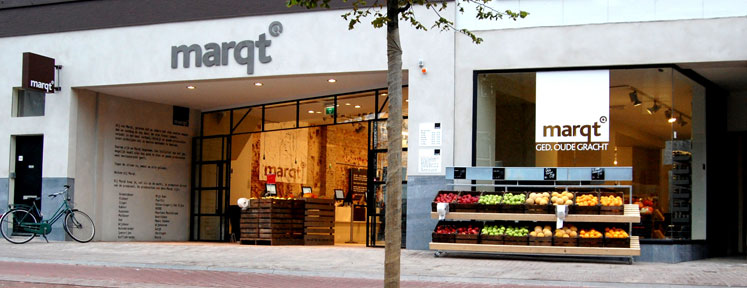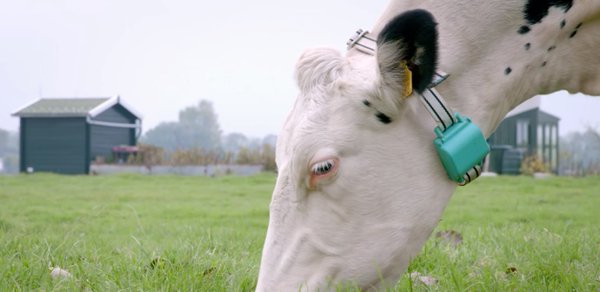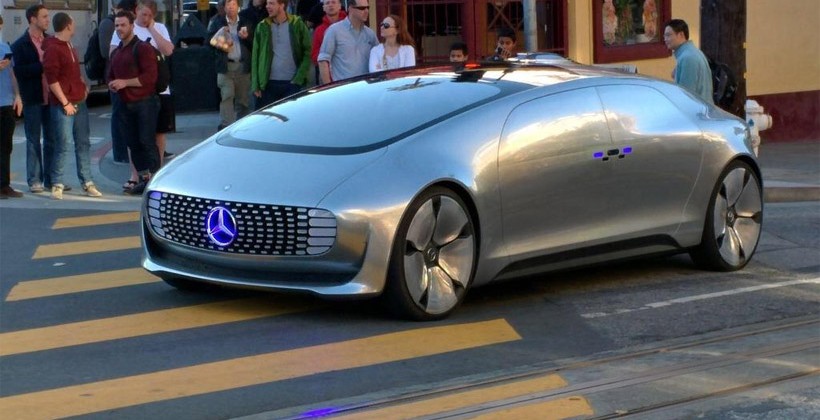According to Berkhout (2015), a successful grocery retailer of the future operates in several channels at the same time, meaning that the retailer offers its products and services through both offline and online channels (multi-channel). Industry analysis of the Dutch grocery retail industry showed that many players have shifted from an Offline-Dominated Strategy to a more Integrated strategy in which the retailers apply a multi-channel strategy (Müller-Lankenau et. al, 2004). We have seen that one particular player, Marqt, still follows an Offline-Dominated strategy and is not planning on changing that (based on our field research). Marqt has a uniquely differentiated value proposition, offering great specialty products to niche shoppers. Additional research shows the increasing trends of customers becoming less loyal to brands and more active online, especially for the niche and long tail products (Dunson, 2016).
As the competition moves more and more towards multi-channel strategies and based on our own field research, Marqt needs to find new ways to stay competitive. Although targeted marketing has become increasingly important in most industries, the grocery retail industry has yet to catch on with this trend (video). Traditionally, marketing is aimed at the entire target group, rather than specific individuals. However, several of Marqt’s direct competitors have recently moved into the online domain. Not only limited to marketing, digitalization can impact Marqt’s business model through e-commerce, customer loyalty programs, and by creating a community through a platform mediated network among other possibilities.
The proposed solution for the abovementioned need is an online retail channel (ORC), through which the current and an extended range of products are sold. Extensive information is offered on all products and quality service is paramount for the success of the channel. By ways of a positive feedback loop, customers will be drawn to the channel for its convenience and extensiveness and data is gathered from these customers by analyzing their behavior and loyalty programs. This gives Marqt the opportunity to improve customer informedness, exploit customer segment preferences, generate higher willingness-to-pay, and apply different pricing strategies to increase customer engagement.
During the coming 3 years, this plan will be implemented according to our 5 proposed objectives. The digitalization of Marqt will cost approximately 3.5 to 10 million euro, and could break even after 6 months to 6 years. The tangible benefits are a 10 percent increase in revenue over the first three years after implementation. The intangible benefits are: increase in marketing efficiency, brand awareness, geographical reach, product range and customer satisfaction. According to our projections, the critical success factors are met for this project.



